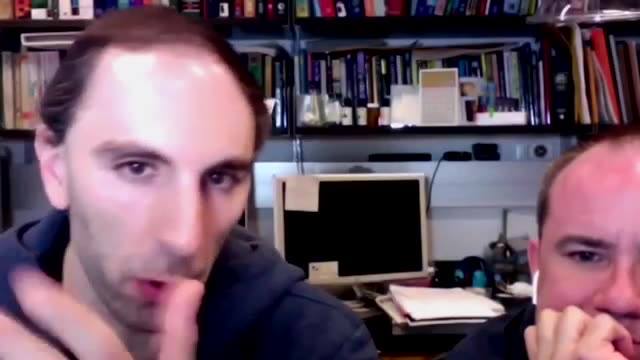La directora del CNI acude al International Longevity and Cryopreservation Summit para poner sobre la mesa el trabajo que lleva años realizando sobre los telómeros y su implicación en la extensión de vida.
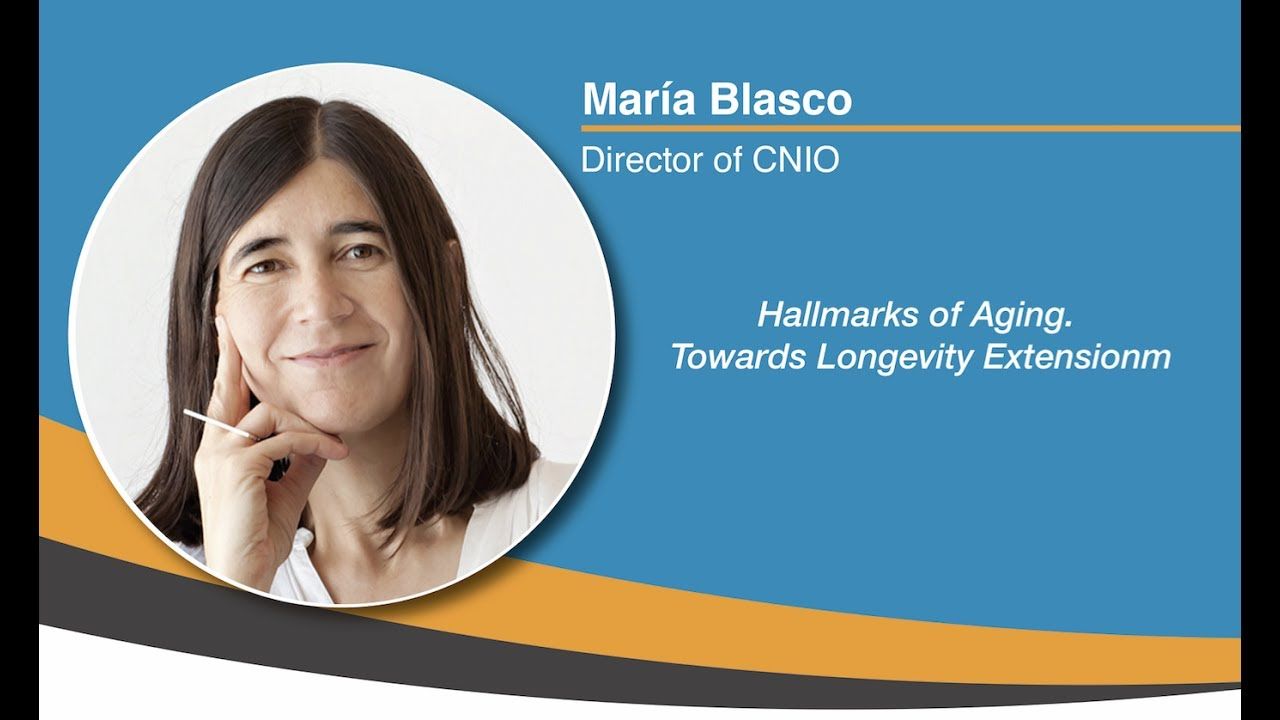

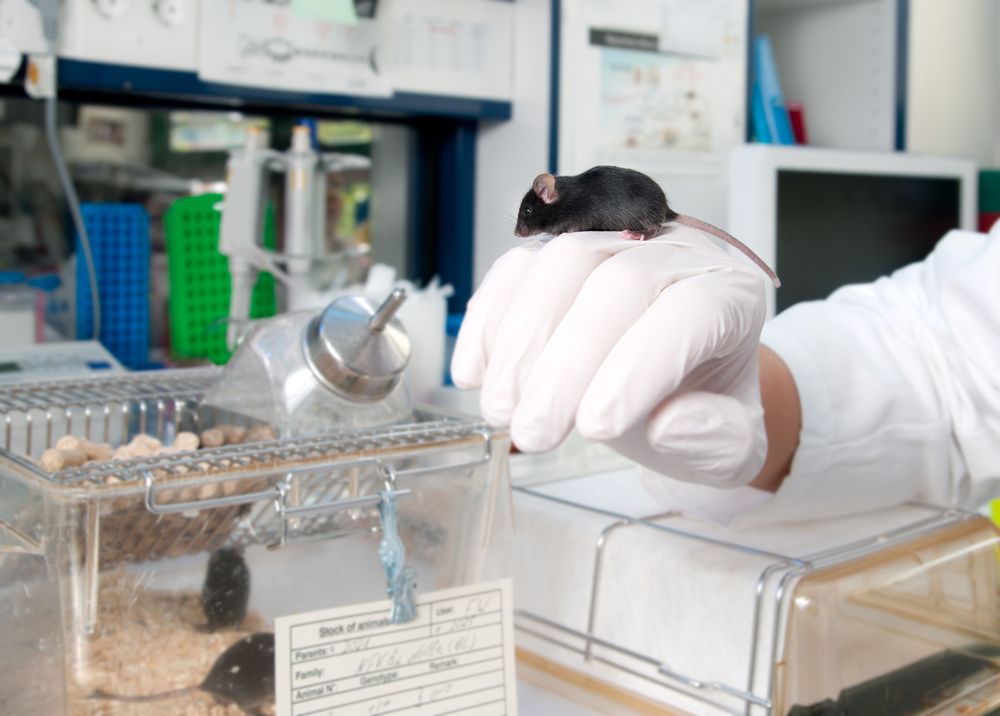
As we age the brain loses its flexibility, this in turn affects our ability to learn, to remember things and adapt to new situations. The classic theme is of an older person who is stuck in a rut and unable to change how they think.
This is also a common concern people raise when any discussion of healthy longer lives are mentioned. The concern is that we would have a world of people living more decades and becoming so set in their ways that society would stagnate.
However, many proponents of rejuvenation biotechnology refute this and suggest that mental plasticity could be rejuvenated just the same as cells and tissues could be. The new study we will discuss today offers us a hint of what might be possible, although the focus here is specifically on the visual cortex[1].

Aging. We all face it. Nobody’s immune and we’ve long tried to reverse it, stop it or just even slow it down. While advances have been made, true age-reversal at a cellular level remains difficult to achieve. By taking a different approach, however, researchers at Houston Methodist made a surprising discovery leading to the development of technology with the ability to rejuvenate human cells. And that couldn’t be more important for the small population of children who are aging too quickly — children with progeria.
John P. Cooke, M.D., Ph.D., department chair of cardiovascular sciences at Houston Methodist Research Institute, and his colleagues, describe their findings in a Research Letter titled “Telomerase mRNA Reverses Senescence in Progeria Cells,” appearing online July 31 and in print Aug. 8 in the Journal of the American College of Cardiology, a leading medical journal in the field of cardiovascular disease.
Cooke studied cells from children with progeria, a rare condition marked by rapid aging that usually robs them of the chance to live beyond their early teens. They focused on progeria, because the condition tells them a lot about aging in general that’s ultimately relevant to all of us.
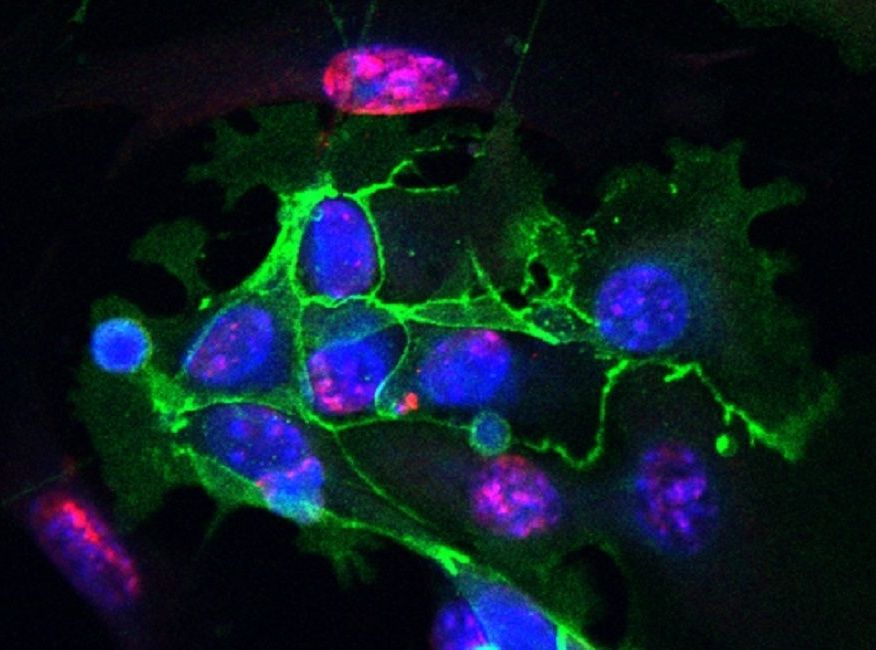
Cellular senescence is widely considered by academia to be one of the causes of aging and one that leads to a number of age-related diseases. There has been a high level of interest in recent years in cellular senescence and approaches that seek to remove senescent cells as a route to delaying or even preventing age-related diseases.
Today we have a new study where researchers focus on pulmonary fibrosis and the role of cellular senescence.

Transhumanists are curiosity addicts. If it’s new, different, untouched, or even despised, we’re probably interested in it. If it involves a revolution or a possible paradigm shift in human experience, you have our full attention. We are obsessed with the mysteries of existence, and we spend our time using the scientific method to explore anything we can find about the evolving universe and our tiny place in it.
Obsessive curiosity is a strange bedfellow. It stems from a profound sense of wanting something better in life—of not being satisfied. It makes one search, ponder, and strive for just about everything and anything that might improve existence. In the 21st century, that leads one right into transhumanism. That’s where I’ve landed right now: A journalist and activist in the transhumanist movement. I’m also currently a Libertarian candidate for California Governor. I advocate for science and tech-themed policies that give everyone the opportunity to live indefinitely in perfect health and freedom.
Politics aside, transhumanism is the international movement of using science and technology to radically change the human being and experience. Its primary goal is to deliver and embrace a utopian techno-optimistic world—a world that consists of biohackers, cyborgists, roboticists, life extension advocates, cryonicists, Singularitarians, and other science-devoted people.
Transhumanism was formally started in 1980’s by philosophers in California. For decades it remained low key, mostly discussed in science fiction novels and unknown academic conferences. Lately, however, transhumanism seems to be surging in popularity. What once was a smallish band of fringe people discussing how science and technology can solve all humanity’s problems has now become a burgeoning social mission of millions around the planet.
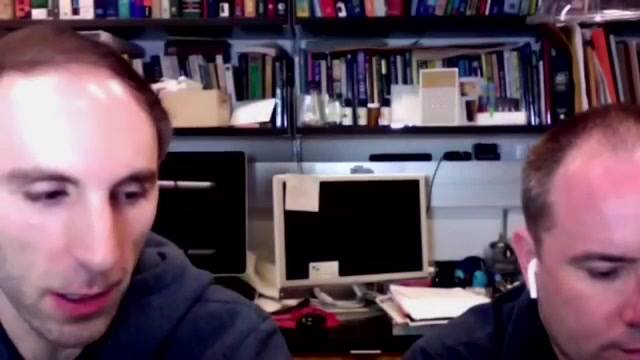

News from Veritas and remember Veritas are offering a whole genome sequence as one of the rewards in our AgeMeter campaign at Lifespan.io:
https://www.lifespan.io/campaigns/agemeter-biomarker-scan/#reward_12
“On August 3, sequencing company Veritas Genetics bought one of the most influential: seven-year old Curoverse. Veritas thinks AI will help interpret the genetic risk of certain diseases and scour the ever-growing databases of genomic, medical, and scientific research.”
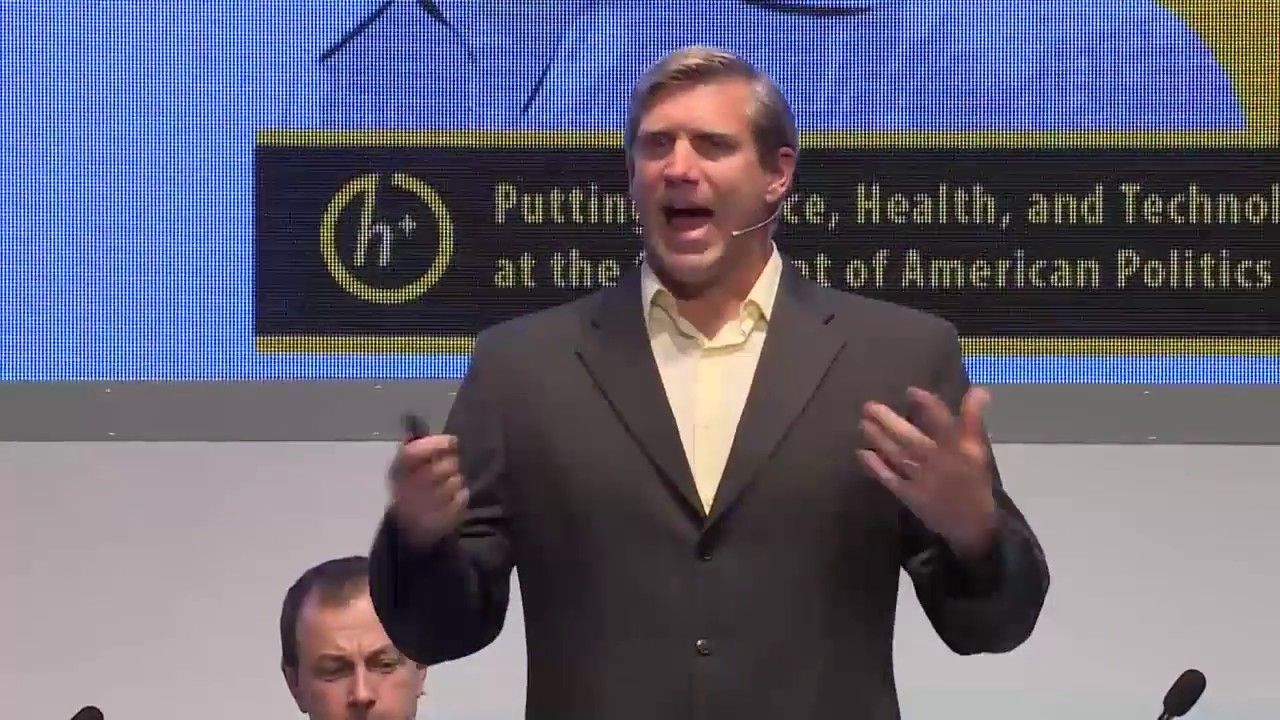
As one of the most visible 2016 presidential candidates—and now as a leading 2018 contender for Governor in California—Zoltan Istvan has been the “Science Candidate,” traveling around America to discuss the issues of transhumanism and radical longevity that are transforming humanity. Soon the issues of AI, genetic editing, designer babies, bionic organs, automation, and neural prosthetics will challenge and dominate political discourse. America must embrace radical science with bold polices.

